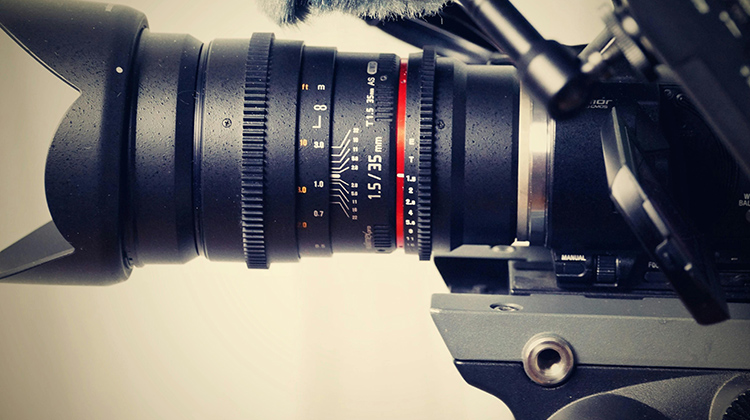Australian Students Need Advanced Media Literacy

Media has evolved, there is a plethora of content available, as many different lines and takes as you could want, and disinformation lots of disinformation.
Australian students need to develop a greater understanding of the modern media landscape in a digitally connected world to navigate the media in an informed way.
A new teaching resource released by the Australian Curriculum, Assessment and Reporting Authority (ACARA) Curriculum connection: Media consumers and creators supports teachers to make sure all students are engaged in developing media literacy knowledge and skills across Foundation to Year 10, specifically in Media Arts, English and Digital Technologies.
The new online resource, developed in partnership with key media literacy experts, highlights the content in the Australian Curriculum where students are supported and expected to learn to be analytical, creative and media literate. The Curriculum connection explores how new media, including social media and digital tools, are changing the way young people communicate and are being communicated to, and how this impacts their lives and communities.
Greg Pierce, Executive Principal at Brisbane State High School, which has well-established and popular media literacy courses as part of its Arts program, said, “Media education is crucial, because it helps young people critically analyse information, identify biases, and distinguish between reliable and misleading content - which is very important in our current world. It fosters digital literacy, enabling responsible media consumption and content creation.
“Understanding how media is made and influences us supports informed decision-making, protects against misinformation, and encourages active engagement in social, cultural, educational and political discussions.”
Part of ACARA’s Curriculum connections project, the online resource enables educators to filter information on conceptual themes from within the Australian Curriculum by year level, learning area, general capability or cross-curriculum priority.
The resource has been developed in consultation with academic, industry and teaching specialists in the field including the Australian Media Literacy Alliance (AMLA), ACMI (Australian Centre for the Moving Image) and Australian Teachers of Media (ATOM). The online resource allows educators to filter information and develop educational programs around key issues. It is designed to encourage students to be critical and mindful thinkers when consuming media so they can recognise misinformation and disinformation, but also to be creative and imaginative producers, effective communicators, and informed and responsible consumers and creators of media.
The new Curriculum connection is focused on four key aspects that all students should develop skills in:
• Understanding and analysing contemporary media
• Creating media content
• Communicating and sharing media content
• Being critical and ethical.
“Whether it’s a news story, a television show, an online video or a social media post, our young people need to learn how to sort fact from fiction and work out whether something is credible or not,” said ACARA CEO, Stephen Gniel.
“We need to ensure students can develop the critical and analytical thinking needed to contend with an ever-evolving digital media landscape. As the recent Joint Standing Committee on Electoral Matters report into civics education and political participation highlighted, this is crucially important if we want our young people to be active and informed citizens.
“This new Curriculum connection resource will also help encourage our young people to express their creativity as storytellers and creators of media,” Mr Gniel said.